‘Design should be a simple tool that is beautiful and easy to use, but you don't need to be aware of its beauty or its ease of use,’ says Naoto Fukasawa
As a landmark retrospective of Naoto Fukasawa’s work ‘Things in Themselves’ opens at the Philadelphia Museum of Art, the Japanese master designer speaks with Wallpaper* about the tenets that define his practice
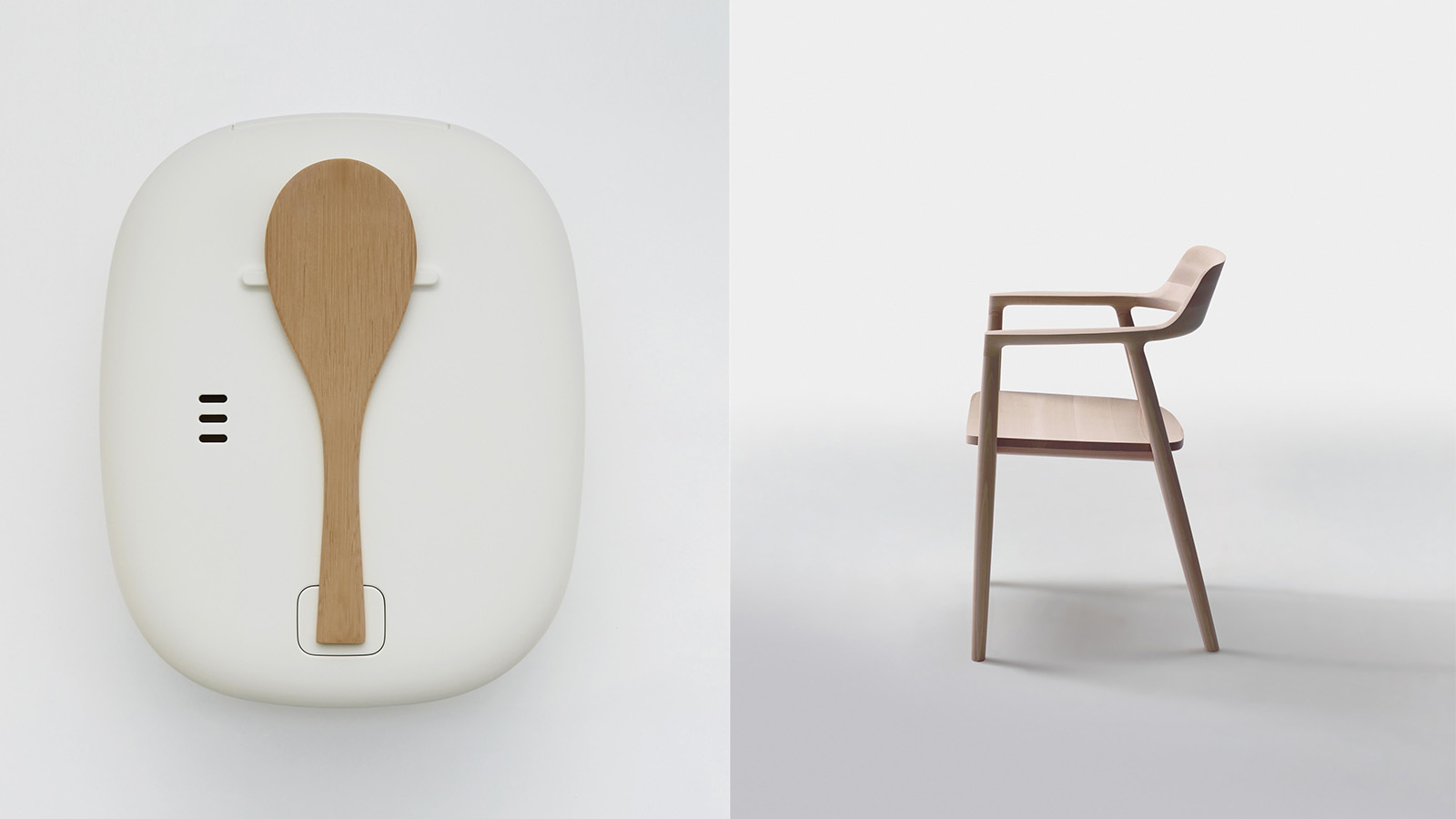
Function triumphs over form in the effortless and unassuming designs of Naoto Fukasawa. For the last 25 years the Japanese designer’s utilitarian ethos has prioritised intuitive use and such seamless integration into daily routine as to feel virtually invisible. In the softly undulating curves of his Papilo armchairs for B&B Italia, or the playfulness of a pull string for his MUJI wall-mounted CD player, Fukusawa distills everyday domestic objects to their most essential purpose and instinctive operation.
In the case of the latter, they have become certified design classics of the new millennium. In 2004, Fukasawa’s CD player was added to MoMA’s permanent collection along with his mobile phones created for Japanese telecom company KDDI, and the gleaming white donut humidifier made for ±0, the electrical design company he founded alongside his eponymous studio in 2003.
Naoto Fukasawa’s on ‘Things in Themselves’
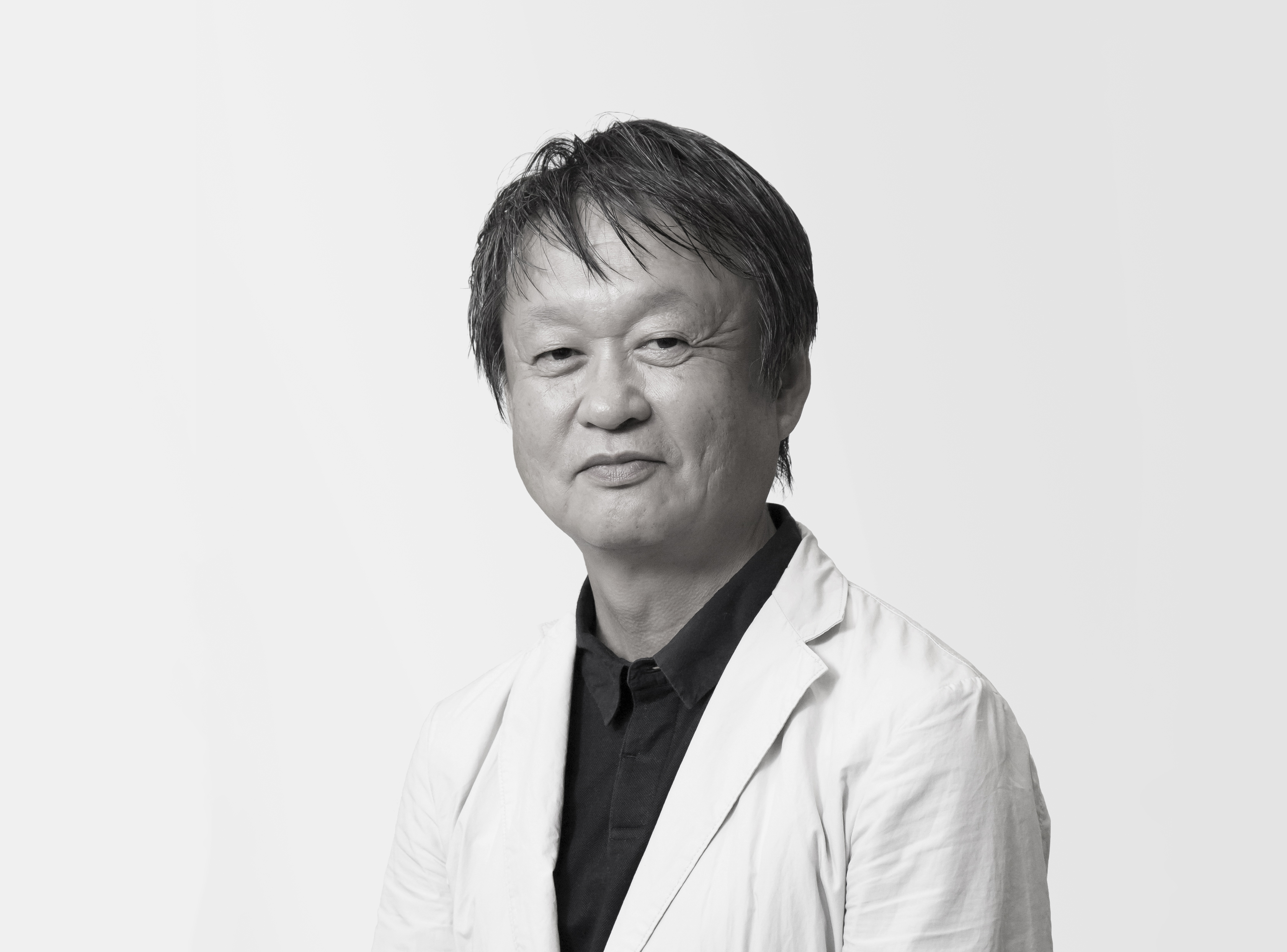
Naoto Fukasawa portrait
All feature in 'Naoto Fukasawa: Things in Themselves', a major exhibition of the 68 year-old's career at the Philadelphia Museum of Art and his first in the US, where he was recently honoured with Collab’s 2024 Design Excellence Award. Collab, the museum’s affiliate group for modern and contemporary design, has presented the award since 1986, with previous winners including Frank Gehry, Zaha Hadid and Dieter Rams. Combining well over 100 objects alongside working sketches and prototype models, the exhibition is thematically arranged around Fukasawa’s ‘ways of thinking’, four key tenets that have shaped his design over the last 25 years.
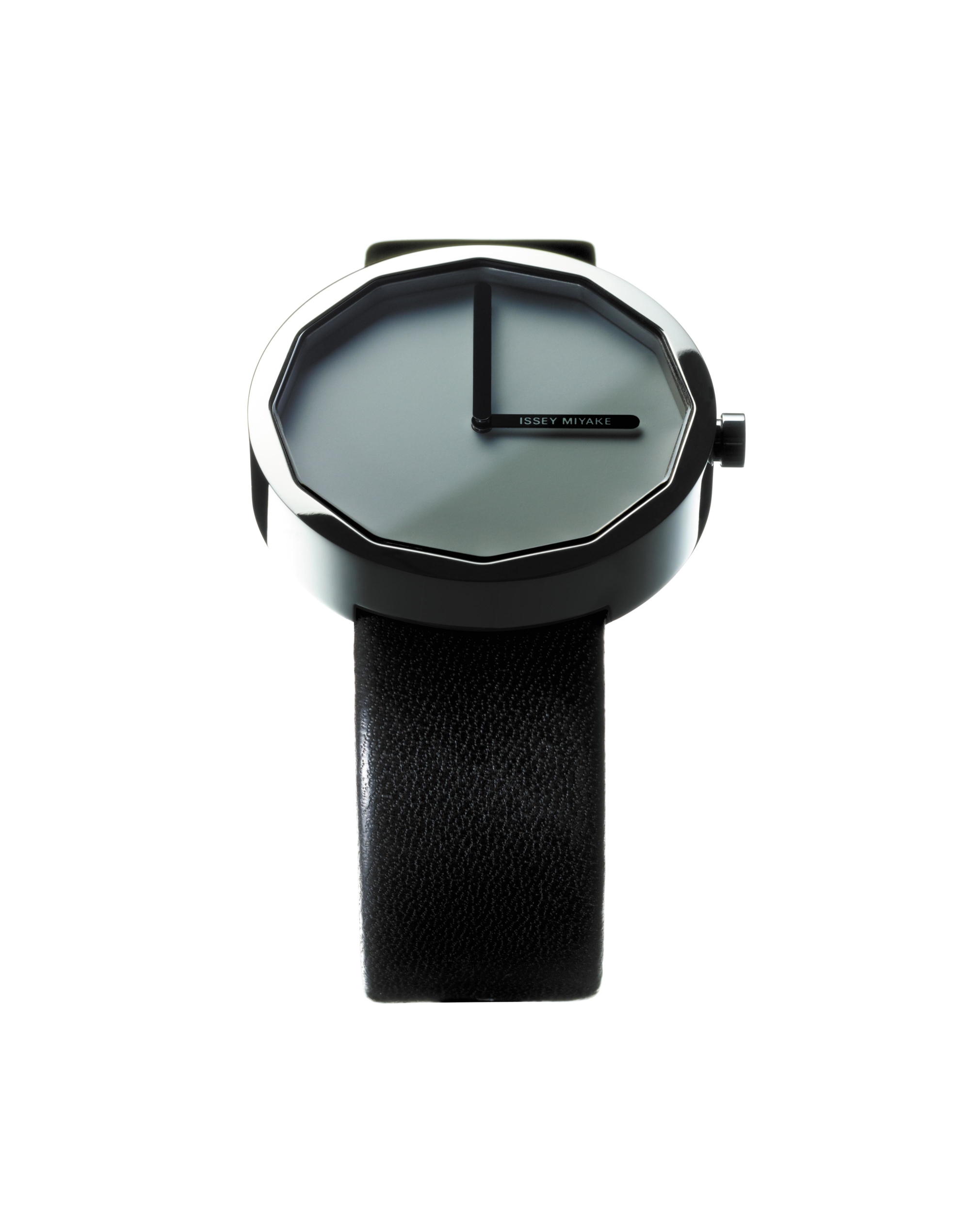
Twelve / Issey Miyake
In Fukasawa’s work for MUJI, where he has designed regularly since 1999 and served on its advisory board since 2002, the designer’s inclination for quiet, understated objects exemplify two strands of thinking: “without thought” and “super normal”. In the former, Fukasawa uses innate, subconscious human behaviour to guide maximum practicality, designing a rice cooker with a handy, built-in spoon rest for example. A no-brainer you might think, and of course, that is exactly the point. In the latter, a concept developed in collaboration with British designer Jasper Morrison, objects that attain “super normal” status perform their function with quiet, almost undetectable efficiency, like the round-edged toaster he created for the brand in 2014 that works on any kitchen work surface - just as Fukasawa intended.
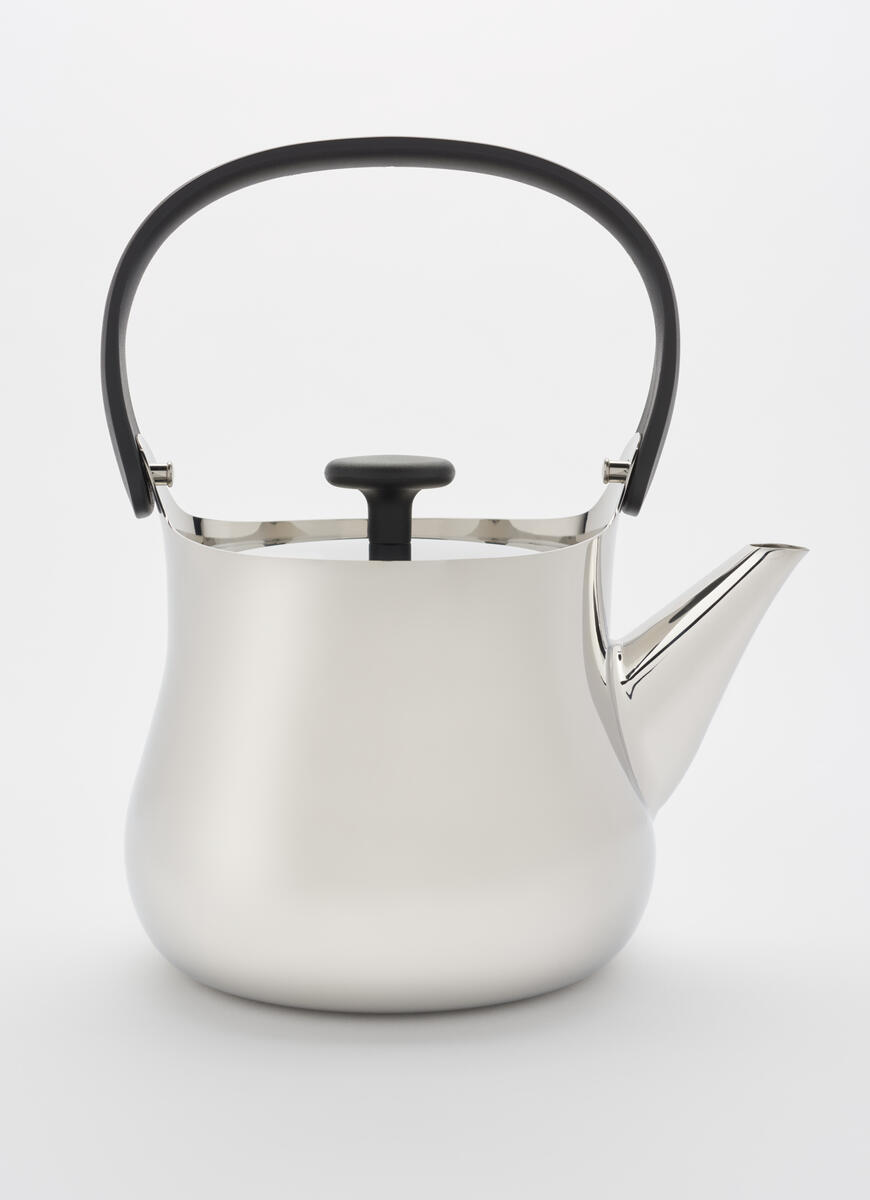
"Cha" Teapot / Alessi
'In the 1990s, design was focused around individuality of the mind, with tons of different design options for different people,' explains Fukasawa. 'But I found that people naturally behave unconsciously, which means they don't care about endless different options. Good design doesn't appeal to people's conscious behaviour. Design should be a simple tool that is beautiful and easy to use, but you don't need to be aware of its beauty or its ease of use. That's so important.'
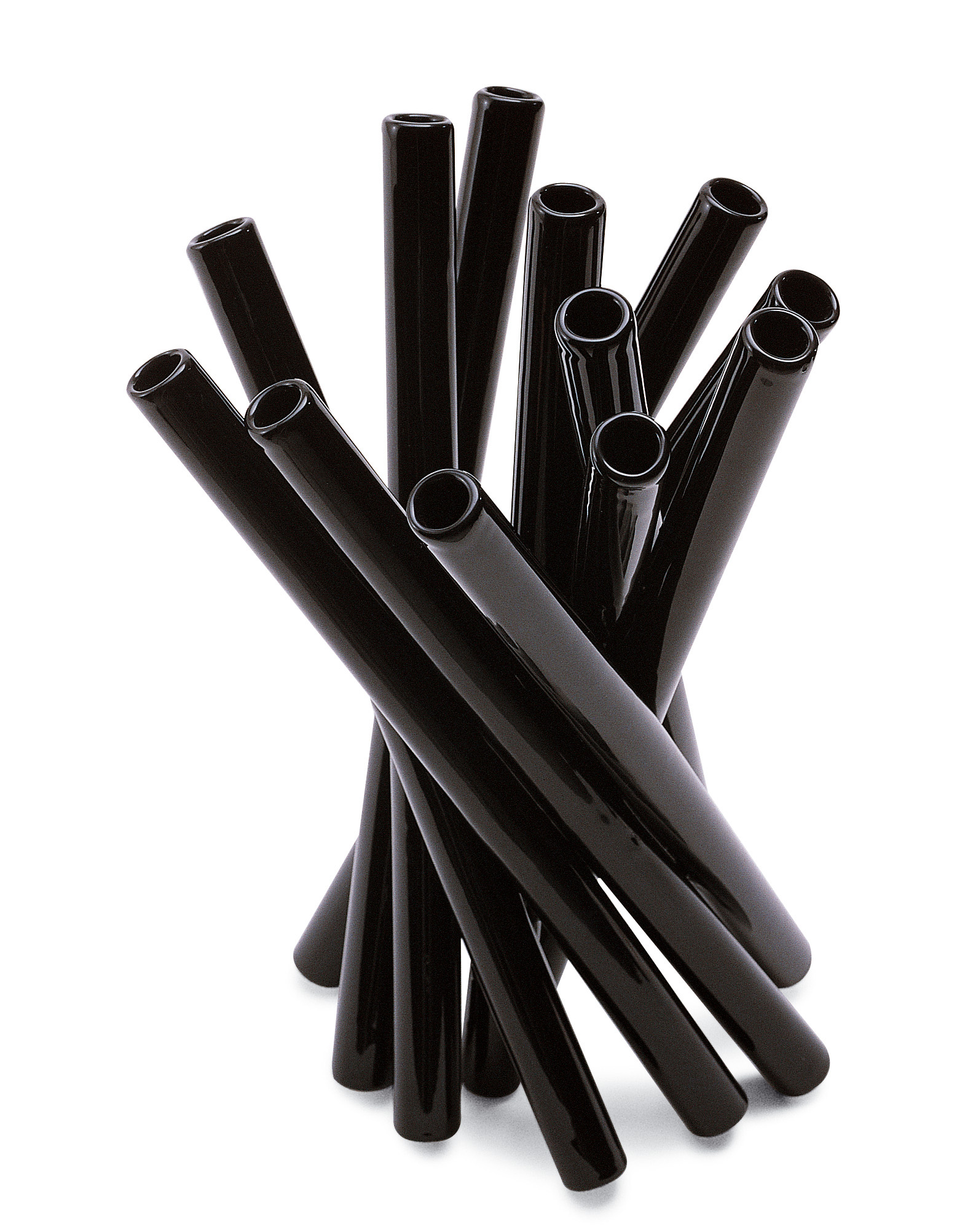
Bunch / B&B Italia
After a period spent working in Silicon Valley during the 1990s, Fukasawa chose to forgo the iterative modularity of the tech industry in favour of a simple, human-oriented design language that strikes a universally resonant chord. Over the last 25 years, this outlook has afforded him innovative adaptability and international success. Fukasawa designs coveted homeware for Italian giants Alessi and Boffi, ballpoint-pens for German brand LAMY and carved wooden chairs for Bosnian company Zanat, while simultaneously collaborating with Chinese electronics firm Realme and acting as art director for Japanese company Maruni.
I focus more on people and how we interact with objects that surround us. It means designing things that produce a good relationship between the human, object and environment
Naoto Fukasawa
'I am more focused on designing for the human body [than different international markets],' says Fukasawa. 'It's the same animal - we all have two hands, two legs, one brain. Of course, we need to see local cultures or histories, but I focus more on people and how we interact with objects that surround us. It means designing things that produce a good relationship between the human, object and environment.'
Wallpaper* Newsletter
Receive our daily digest of inspiration, escapism and design stories from around the world direct to your inbox.
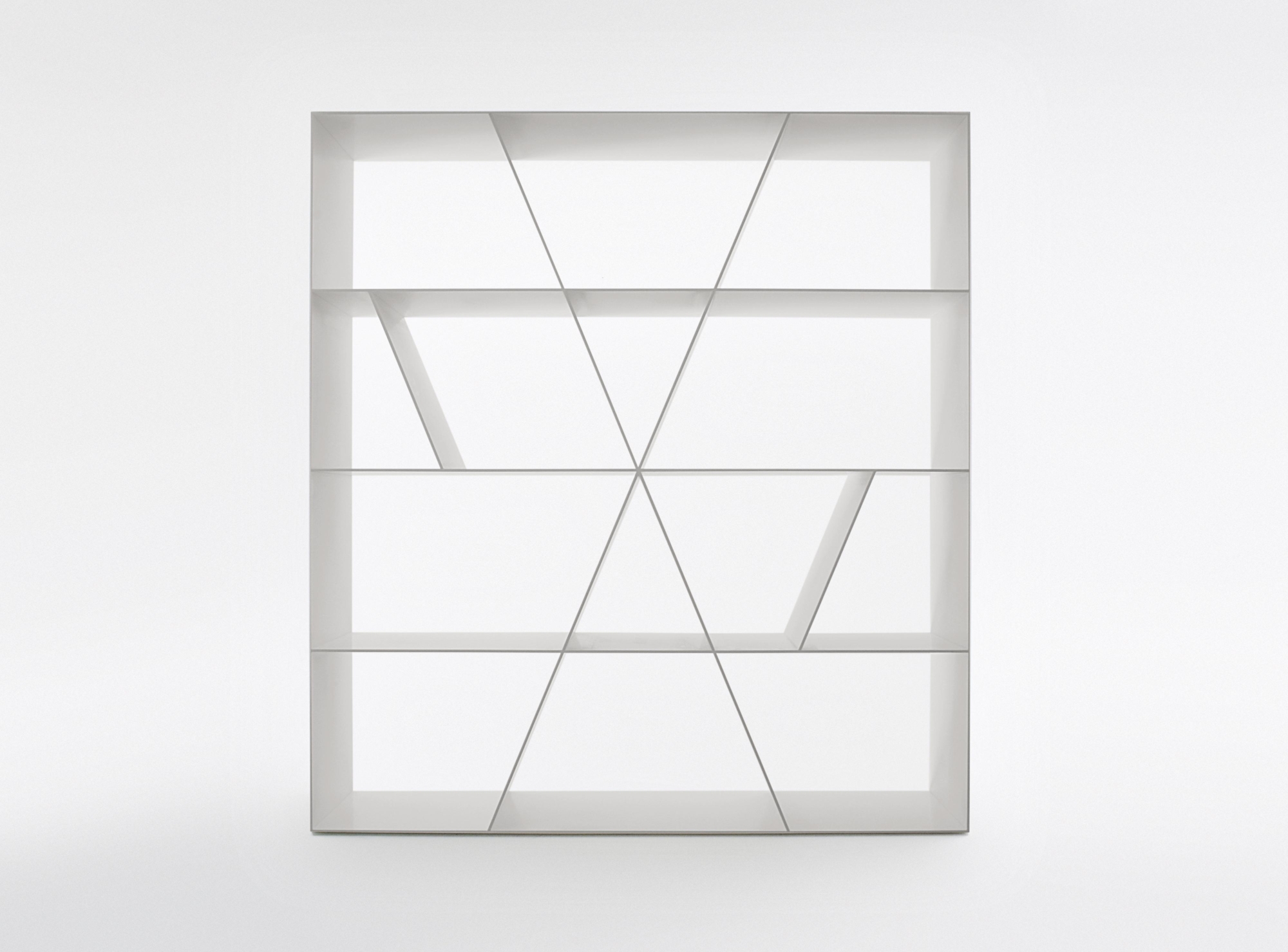
Shelf X / B&B Italia
Ensuring this harmonious alignment is Fukasawa’s concept of “outline”, the conceptual 'hole' that a prospective design seeks to fill, not only within physical surroundings, but also in terms of cultural contexts, sensory information and personal memories. His Airplane Window Bag, designed for Up To You Anthology in 2017, offers the perfect case in point; a bag quite literally shaped to fit the outline of a plane window, offering a genius solution to in-flight comfort that utilises a plane’s standardised dimensions.
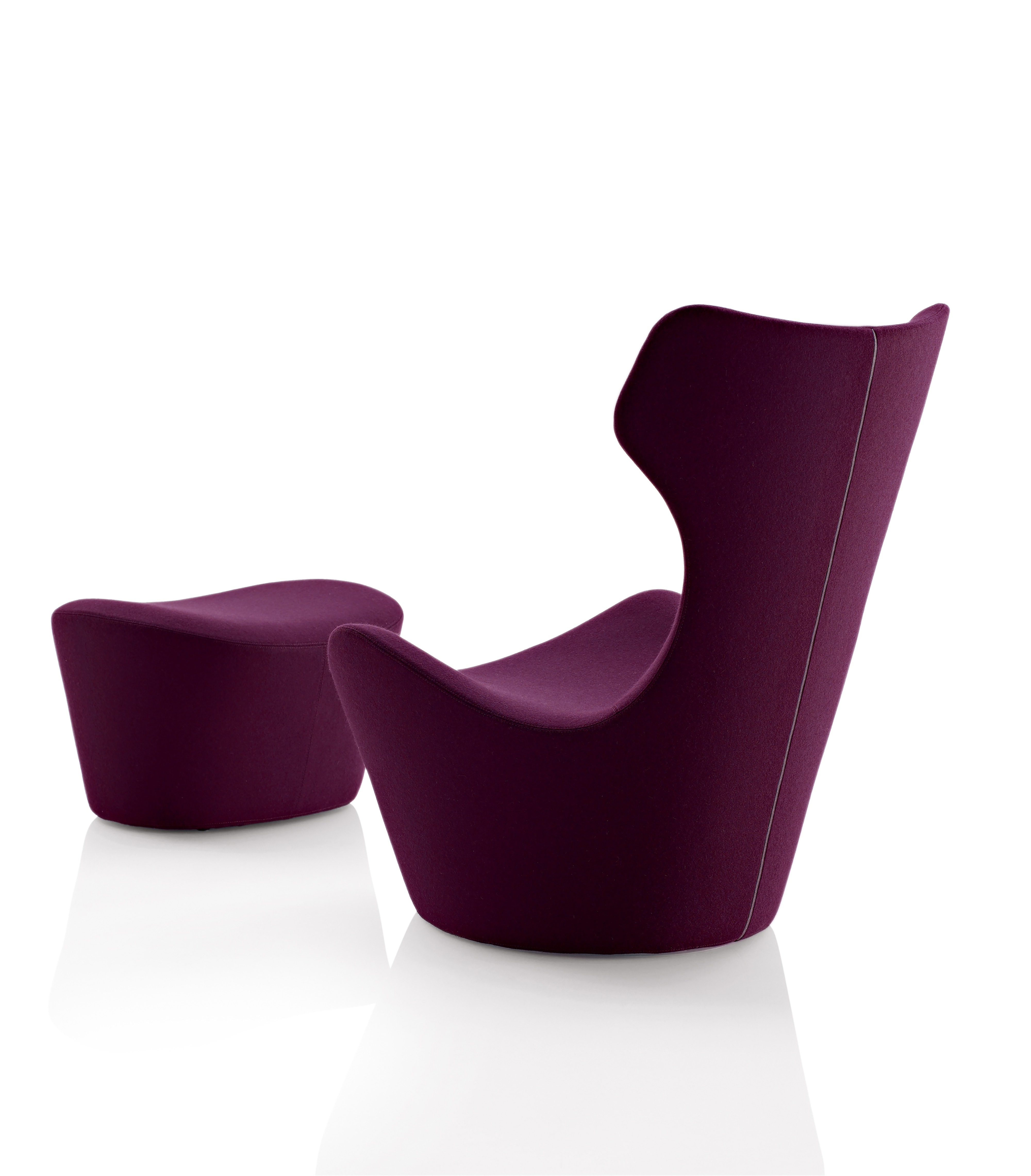
Grande Papilio / B&B Italia
Intelligent and modest, yet unmistakably playful, Fukasawa takes inspiration here from the work of his compatriot, the artist, designer and landscape architect Isamu Noguchi, as well as the Portuguese architect and sculpture enthusiast, Álvaro Siza. 'Siza is better known as an architect but he never followed any rules of architecture, his lines look like sketches of sculptures,” explains Fukasawa. “Noguchi is always trying to find the energy from the objects he made - so both are sculptors, with amazingly free minds who make beautiful things intuitively.'
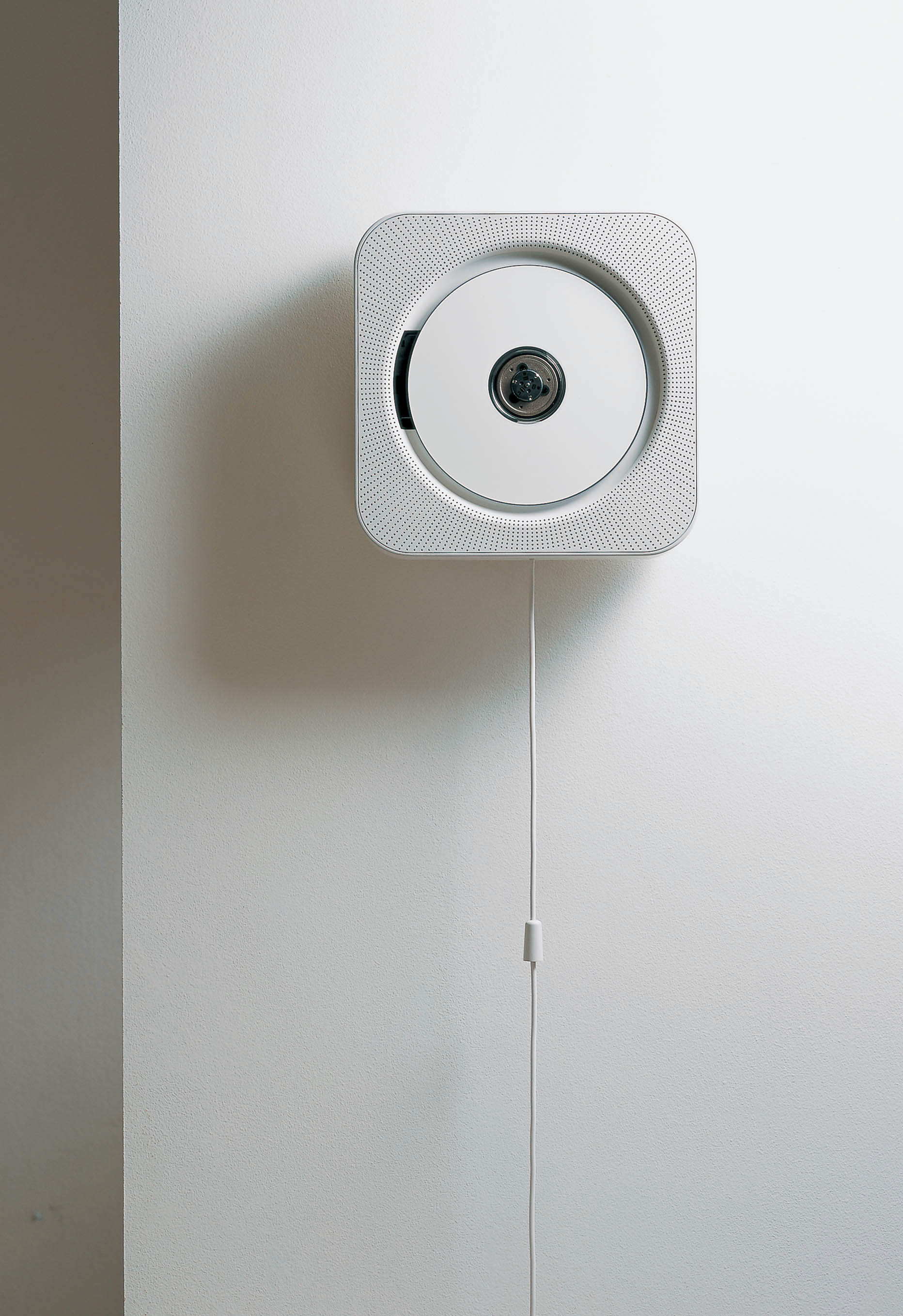
Fukasawa’s final tenet, emergence, is also his most abstract. Borrowing from the biological term for group behaviour that produces more than the sum of its individuals (termites building vastly complex mounds), Fukasawa cultivates a similar quality in his designs by collaborating with manufacturers, artisans and other craftspeople to push the limits of his designs beyond their combined makers. It’s an approach he considers integral to squaring design’s propensity to fill the world with evermore ‘stuff’, with its simultaneous obligation to plot a more sustainable future.
'I believe design has the potential to change life and society, but we need to think carefully about choosing the right materials or not even producing an object in the first place,' says Fukasawa. 'I like to think of Tuscany’s rolling hills as an example for the future. They look natural but are actually made by agriculture and human activity to maintain the quality of nature. That is the right balance between untouched wilderness and total artificiality, and that is the balance we need to find.'
'Naoto Fukasawa: Things in Themselves' is on display until 20 April 2025 at Philadelphia Museum of Art philamuseum.org
-
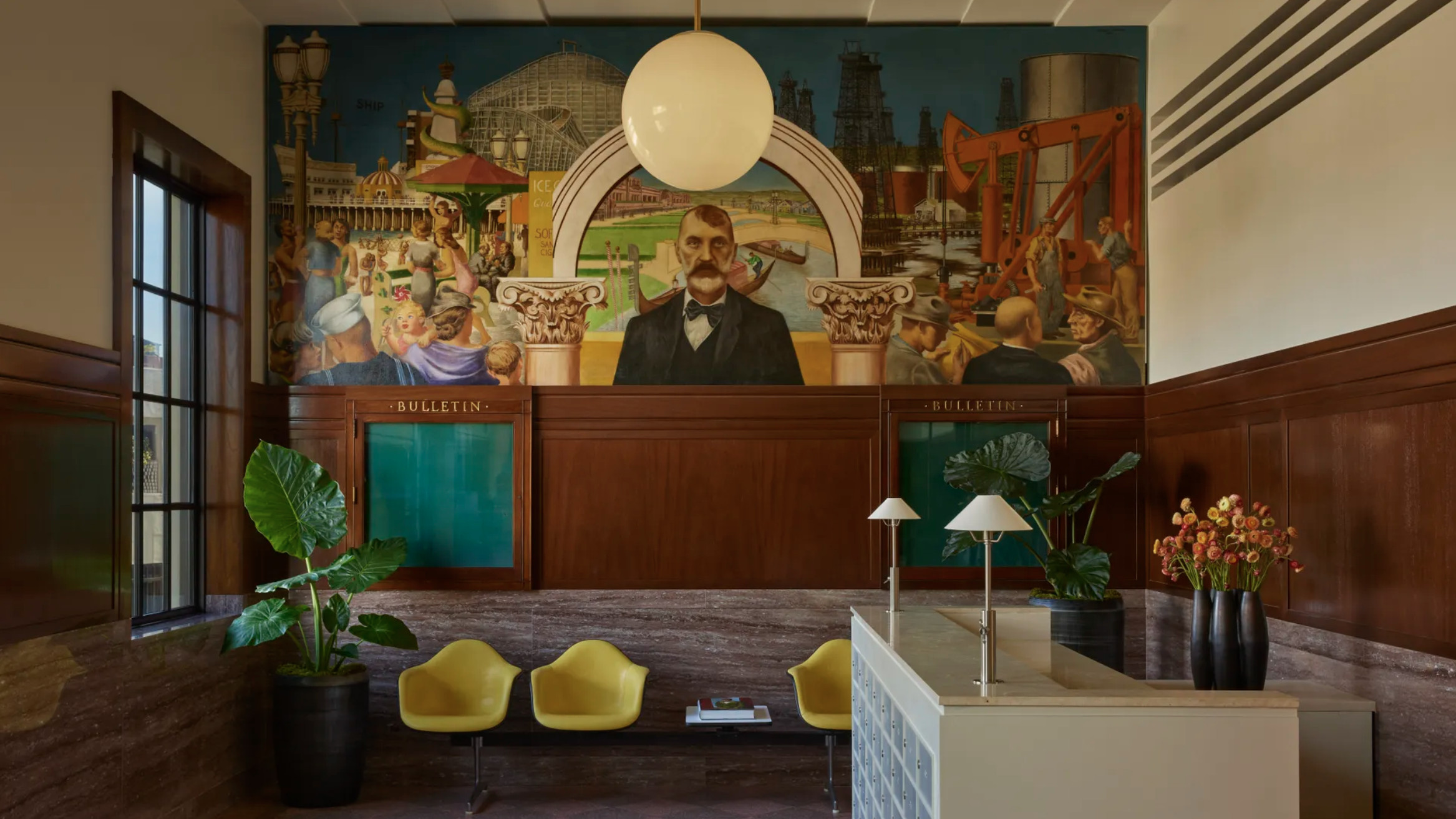 The Lighthouse draws on Bauhaus principles to create a new-era workspace campus
The Lighthouse draws on Bauhaus principles to create a new-era workspace campusThe Lighthouse, a Los Angeles office space by Warkentin Associates, brings together Bauhaus, brutalism and contemporary workspace design trends
By Ellie Stathaki
-
 Extreme Cashmere reimagines retail with its new Amsterdam store: ‘You want to take your shoes off and stay’
Extreme Cashmere reimagines retail with its new Amsterdam store: ‘You want to take your shoes off and stay’Wallpaper* takes a tour of Extreme Cashmere’s new Amsterdam store, a space which reflects the label’s famed hospitality and unconventional approach to knitwear
By Jack Moss
-
 Titanium watches are strong, light and enduring: here are some of the best
Titanium watches are strong, light and enduring: here are some of the bestBrands including Bremont, Christopher Ward and Grand Seiko are exploring the possibilities of titanium watches
By Chris Hall